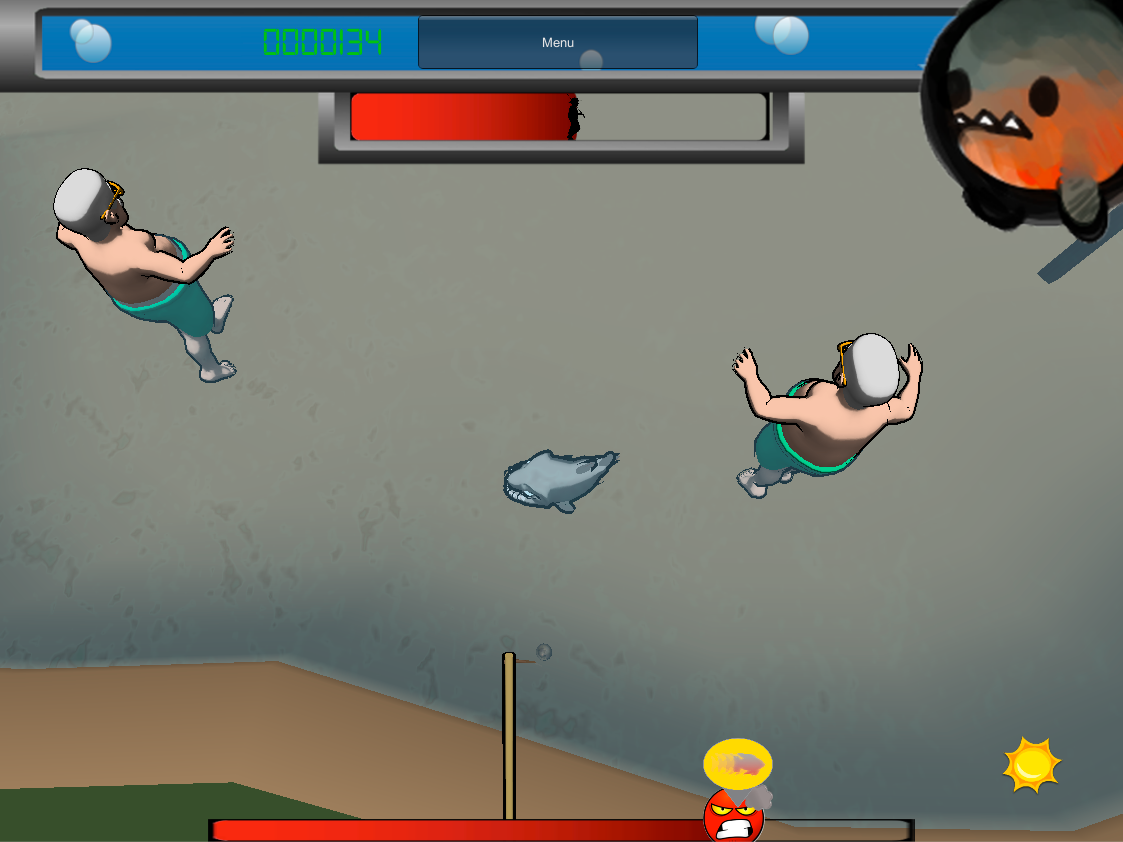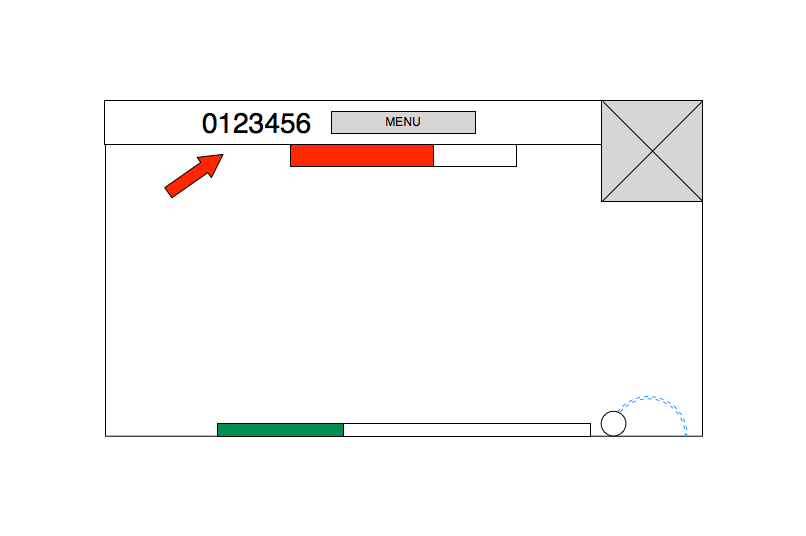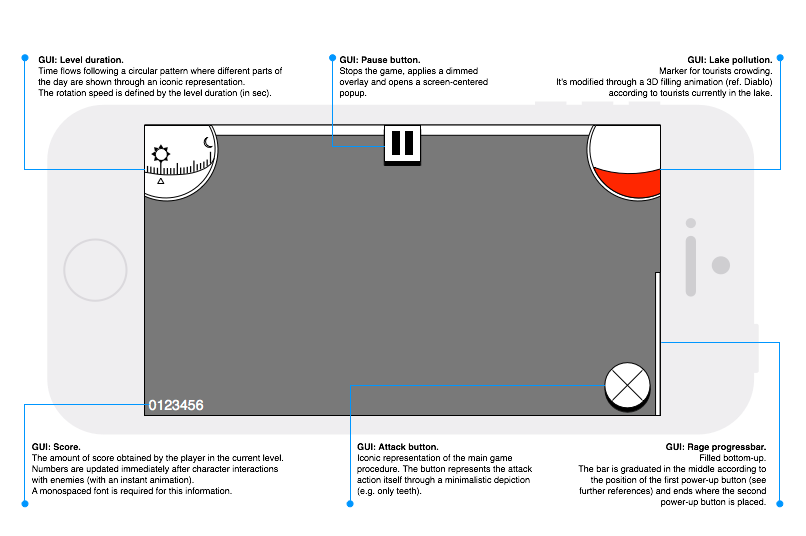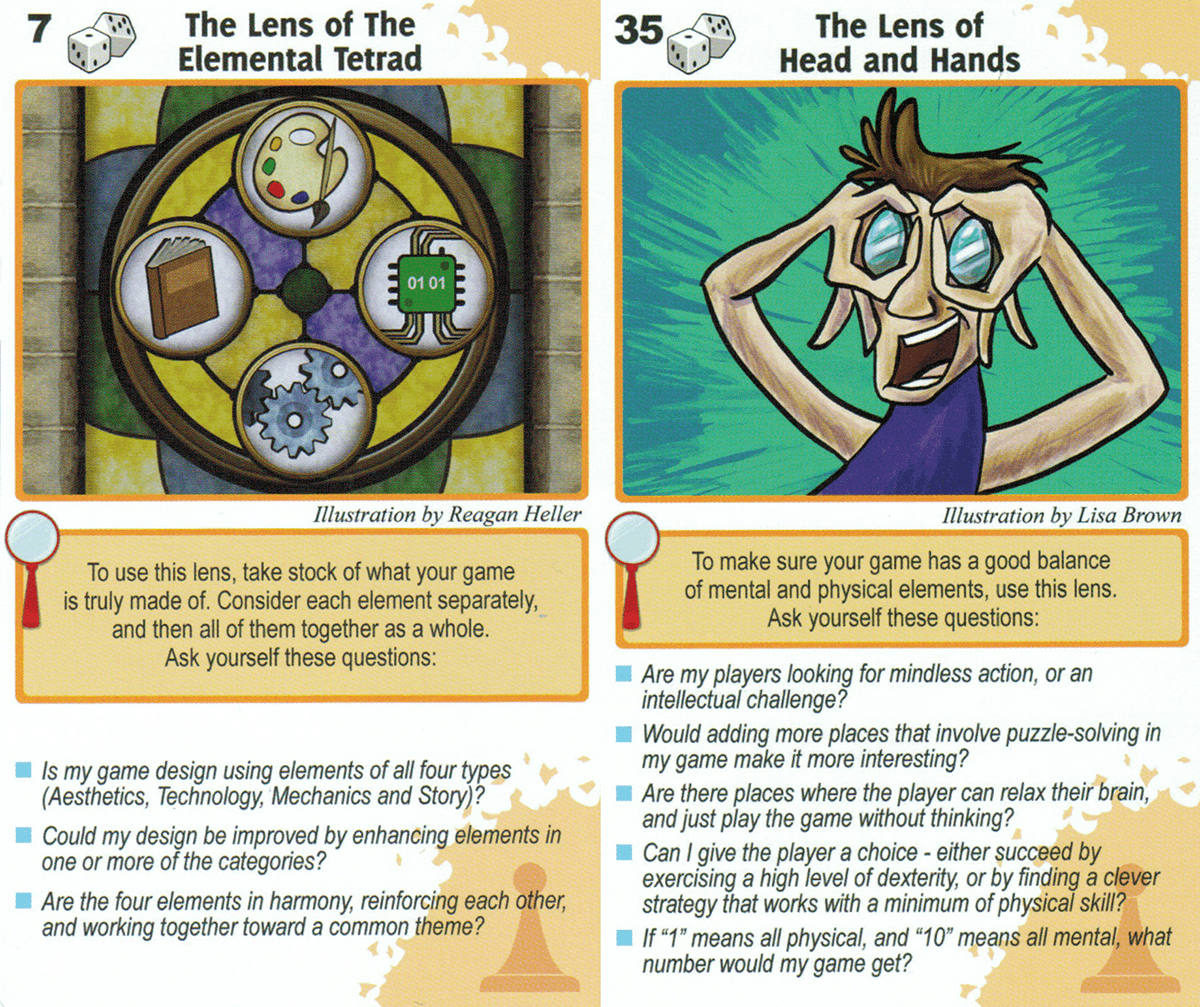Fast-paced Arcade Game
a University project by [ BitingSoft ] group
promoted by [ POLIMI GC ]
[ PC ] [ Mac ]
About
Viva Piraña! is a game about a grouchy piranha who is in need to protect its tranquil lake from incoming tourists. The game goal is to survive the tourist horde for a whole vacation day, scaring people away with bites and mid-air jumps without being overwhelmed.
Viva Piraña features cartoonish and colourful aesthetics, offering a Single Player game experience.
> Different enemies and random spawn system;
> Multiple levels with different lakes and spawn configurations;
> Cumulative power-ups and arcade scoring system;
> Charged attack actions based on scared tourists.
My Role
I contributed to the project as a Game Designer, UI Designer and Gameplay programmer.
Viva Piraña was designed and developed during the Videogame Design and Programming course in the Politecnico di Milano. Instructions were to submit a game concept sufficiently simple to be designed and developed in 3 to 5 months. Our goal was to design a game with basic mechanics, an easy entry level and a very clear goal. To do so, we looked for inspiration in old-school arcade games, ending up with some straightforward procedures without exploiting traditional clichés (such as L&F or aesthetics).
The game was developed through a strong iterative process, and was considerably changed from its first concept through multiple design iterations. Camera perspective changed from a side-scrolling one to a top-down, isometric point of view. Initially, the game relied heavily on timing and strategic choices and used a combo-based mechanic to enable attack procedures, but the gameplay was cumbersome and somehow uncomfortable. Game dynamics were therefore redesigned to be more intuitive and rely more on speed and virtual space exploration.


Gameplay screenshots showing multiple enemies, level duration and pollution feedback.
Character design took on great importance in the development process. The protagonist was designed to instill fondness and be representative of the brand (such as Om Nom for Cut the Rope series); although grumpy, we wanted people to feel empathy for its condition (a peaceful life interrupted by clumsy and noisy people). The cartoonish L&F and the innocence of attacks (people is scared away instead of wounded/killed) contributed in the creation of a “positive character” that people may want to support or root for.

Main character sketches. Credits: Motta Alberto
After iterating on core mechanics, most of my design effort was put into extending play and challenge. We decided to diversify enemies not just in terms of behaviour, but also in terms of dynamics (and interactions) needed to defeat them.
The new perspective on the lake allowed to rethink the spawning system to be more adaptable and unpredictable. Instead of having a single spawning point per tourist type, enemy instantiation was changed in a complex network of spawning points, arranged all around the lake, while randomization was introduced to create every possible enemy regardless of the position. The introduction of different lake topographies enhanced even more the replayability we were looking for.
After further gameplay sessions, in order to introduce more variety in the gameplay, I designed and introduced two power-up schemes. The former, called Rage Power, was a charge-based system that introduced two powerful, time-limited actions (hi-speed and fast attacks) which may be used after enough tourists are scared away. The latter was based on pickable power-ups created randomly within the lake, whose effect was to improve different variables of the game permanently (e.g. camera zoom, character speed, score).

Gameplay screenshot after rage power activation.

Lo-fi wireframe of gameplay interface. Pollution and rage bar were later distinguished throug dedicated icons.
The team I worked with:
[ Giulio Martelli ]. Gameplay programmer.
[ Francesco Alessandrini ]. 3D Artist.
[ Roberto Giordano ]. 3D Artist.
UX Redesign
Although completed from a game design point of view, the original game lacked a proper UX design; therefore, interfaces and menus could be improved to be clearer and more structured.
Since a good part of my expertise is focused on mobile games and applications, I decided to design a new look for Viva Piraña, while tailoring its interfaces to fit on a mobile screen.
This task was made solely as a personal exercise and the result was not implemented in the game.




Lo-fi wireframes of gameplay GUI and interactions. Readability has been improved, while controls changed to be suitable to a mobile experience.
Conclusion
The [ Lens of The Elemental Tetrad ] and the [ Lens of Head and Hands ] are the best suited to describe the main issues faced during the design process.
The former sums up every flaw and strong point of the development process, since this is the first game I designed using a professional approach. The latter describes how the team’s point of view changed during the design phase, a process that improved the game by shifting it towards arcade patterns and dynamics.

[ Displayed lenses are part of The Art of Game Design - A Deck of Lenses by Jesse Schell,
and are property of Schell Games. ]




